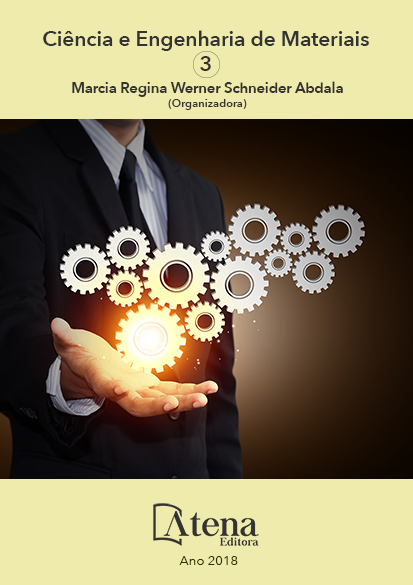
PLANEJAMENTO FATORIAL PARA ESTIMATIVA DA RESISTÊNCIA À COMPRESSÃO DE BLOCOS DE CONCRETO COM ADIÇÃO DE AGREGADOS DE RESÍDUOS CIMENTÍCIOS
O elevado volume de resíduos de
construção e demolição (RCD) tem contribuído
para a geração de impactos ambientais.
Nesse contexto, o presente trabalho teve
como objetivo, aplicar o Resíduo Cimentício
(parte específica do RCD) como agregado no
concreto destinado para produção de blocos de
alvenaria estrutural, e em seguida apresentar
um modelo estatístico, para a previsibilidade
da resistência à compressão. Após os testes,
verificou-se que o uso combinado de agregado
graúdo reciclado com agregado miúdo natural
é viável na aplicação em estruturas, podendo
resultar em desempenho 25,51% superior ao
concreto padrão. Para não prejudicar a textura
deve-se evitar a utilização de agregado graúdo
acima de 50% da massa para agregados e
umidade acima de 10,5%.
PLANEJAMENTO FATORIAL PARA ESTIMATIVA DA RESISTÊNCIA À COMPRESSÃO DE BLOCOS DE CONCRETO COM ADIÇÃO DE AGREGADOS DE RESÍDUOS CIMENTÍCIOS
-
DOI: Atena
-
Palavras-chave: resíduos de construção e demolição, planejamento fatorial, blocos de concreto.
-
Keywords: Construction and demolition waste, factorial design, concrete blocks.
-
Abstract:
The large volume of waste
generated from construction and demolition
(CDW) has greatly contributed to the development
of environmental impacts. In this context, this
work aims to apply the cement residue (specific
part of the CDW) as an aggregate in the
concrete destined to the production of masonry
blocks, and then present a statistical model to
predict the compressive strength. Concurrently,
reference concrete was produced with natural
aggregates. After tests, it became apparent that
the combined use of recycled coarse aggregate
with natural fine aggregate may be viable in
structures appliances, resulting in some cases,
in a 25.51% greater performance compared
to standard concrete, although there are
restrictions about using this replacement when
the texture is taken into account, not being
recommended the usage of recycled coarse
aggregate over 50% of the aggregate weight
and humidity above 10.5%.
-
Número de páginas: 15
- Jonath Oliveira do Nascimento
- Bruno Diego de Morais
- Marcos Mattheus Lopes da Silva
- Felipe Lira Formiga Andrade


